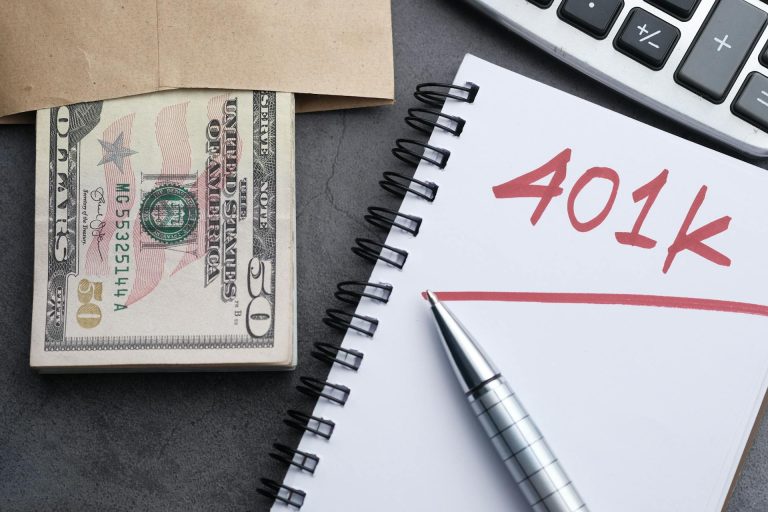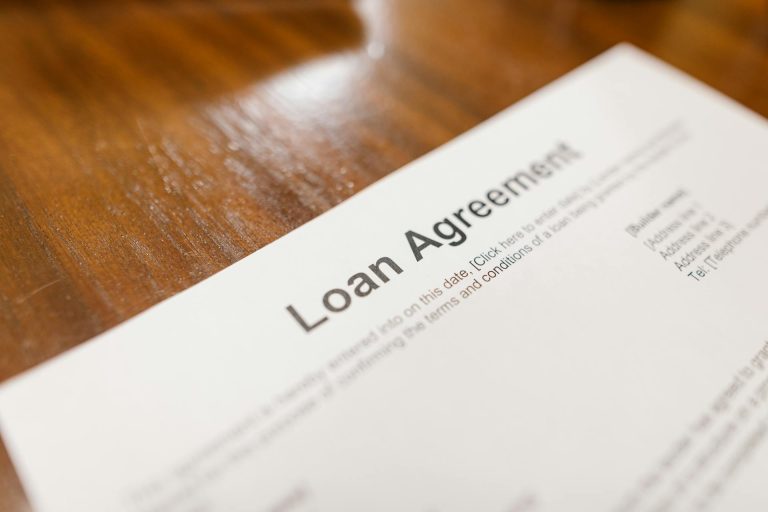So, you’ve taken out a personal loan to cover a significant expense, consolidate debt, or manage an unexpected financial need. Now that you have the funds you need, you might be wondering what comes next. Managing a personal loan effectively is crucial to maintaining financial stability and avoiding unnecessary stress. In this blog post, we’ll explore the steps you should take after securing a personal loan to ensure a smooth repayment process and maintain your financial health.
1. Create a Repayment Plan
One of the most critical steps after taking out a personal loan is to create a repayment plan. Having a clear plan in place will help you stay on track and avoid missed payments. Here’s how to create an effective repayment plan:
- Understand Your Loan Terms – Review your loan agreement to understand the terms, including the interest rate, repayment period, and any fees or penalties. Knowing these details will help you create a realistic plan.
- Calculate Your Monthly Payments – Use your loan terms to calculate your monthly payments. Make sure you include the interest in your calculations. Knowing the exact amount you need to pay each month will help you budget accordingly.
- Set Up Automatic Payments – To avoid missing payments, consider setting up automatic payments through your bank. This ensures that your loan payments are made on time, and you won’t have to worry about remembering due dates.
- Create a Payment Schedule – Develop a payment schedule that outlines when each payment is due. This will help you stay organized and keep track of your repayment progress.
2. Adjust Your Budget
Taking on a personal loan means you’ll have an additional monthly expense. Adjusting your budget to accommodate this new payment is essential. Here’s how to adjust your budget effectively:
- List Your Income and Expenses – Start by listing all your sources of income and your monthly expenses. This includes your loan payment, rent or mortgage, utilities, groceries, transportation, and any other regular expenses.
- Identify Areas to Cut Back – Look for areas where you can cut back on spending. This might include dining out less often, canceling subscriptions you don’t use, or finding more affordable alternatives for certain expenses.
- Allocate Funds for Loan Payments – Make sure you allocate a portion of your income specifically for your loan payments. Prioritize this payment along with other essential expenses.
- Track Your Spending – Keep track of your spending to ensure you’re staying within your budget. Use budgeting apps or spreadsheets to monitor your expenses and make adjustments as needed.
3. Build an Emergency Fund
Having an emergency fund is crucial, especially when you have a personal loan to repay. An emergency fund can help you cover unexpected expenses without resorting to additional loans or credit. Here’s how to build an emergency fund:
- Set a Savings Goal – Determine how much you want to save in your emergency fund. A common recommendation is to save three to six months’ worth of living expenses.
- Start Small – If saving a large amount seems overwhelming, start small. Aim to save a small portion of your income each month and gradually increase the amount as you’re able.
- Automate Savings – Set up automatic transfers to your savings account to ensure you’re consistently saving. This can make the process easier and more consistent.
- Use Windfalls – If you receive any unexpected windfalls, such as a tax refund or bonus, consider putting a portion of it into your emergency fund.
4. Monitor Your Credit Score
Taking out a personal loan can impact your credit score, so it’s essential to monitor your credit regularly. Here’s how to keep an eye on your credit score:
- Check Your Credit Report – Obtain a copy of your credit report from each of the three major credit bureaus (Equifax, Experian, and TransUnion) at least once a year. Review the reports for any errors or discrepancies.
- Monitor Your Credit Score – Use free credit monitoring tools to keep track of your credit score. These tools can alert you to any significant changes in your score and help you stay on top of your credit health.
- Pay Bills on Time – One of the most significant factors affecting your credit score is your payment history. Make sure you pay all your bills on time, including your loan payments, to maintain a good credit score.
- Keep Credit Utilization Low – Try to keep your credit card balances low relative to your credit limits. High credit utilization can negatively impact your credit score.
5. Plan for the Future
Having a personal loan doesn’t mean you should put your financial goals on hold. It’s essential to continue planning for the future and working toward your financial objectives. Here’s how to stay focused on your goals:
- Identify your short-term and long-term financial goals. This might include saving for a home, planning for retirement, or building an investment portfolio.
- Develop a comprehensive financial plan that outlines the steps you need to take to achieve your goals. This plan should include saving, investing, and managing debt.
- If you’re unsure how to create a financial plan or need guidance, consider seeking advice from a financial advisor. A professional can help you develop a personalized plan based on your unique financial situation.
- Staying disciplined and committed to your financial plan is essential. Regularly review your progress and make adjustments as needed to stay on track.
Taking out a personal loan is just the beginning. Managing your loan effectively and maintaining your financial health requires careful planning and discipline. By creating a repayment plan, adjusting your budget, building an emergency fund, monitoring your credit score, and planning for the future, you can ensure that your personal loan doesn’t become a financial burden. Instead, it can be a tool that helps you achieve your financial goals and improve your overall financial well-being. Take these steps today to take control of your personal loan and set yourself up for a brighter financial future.





